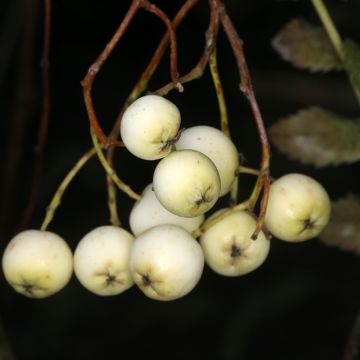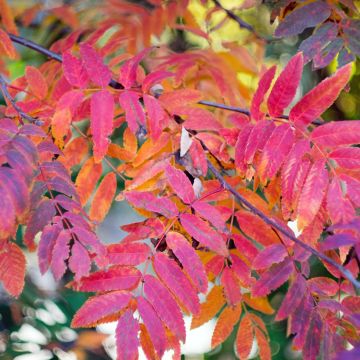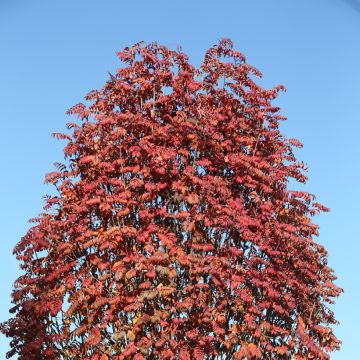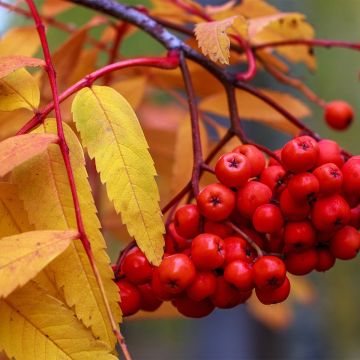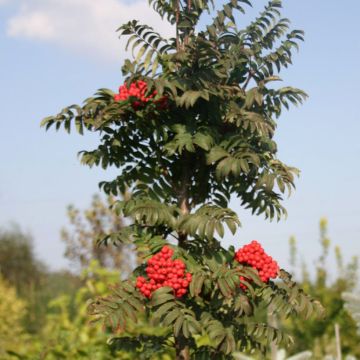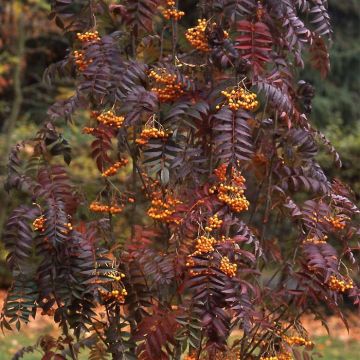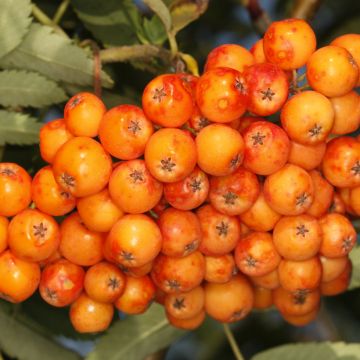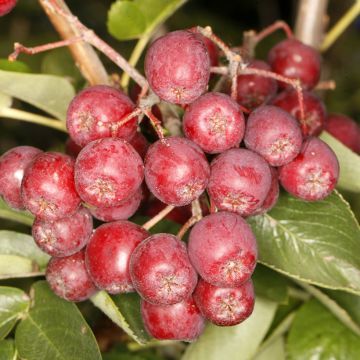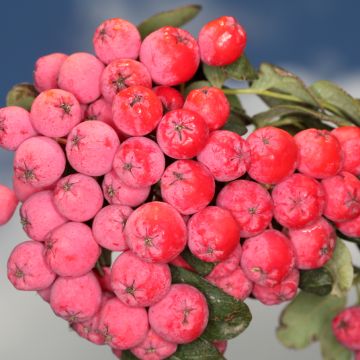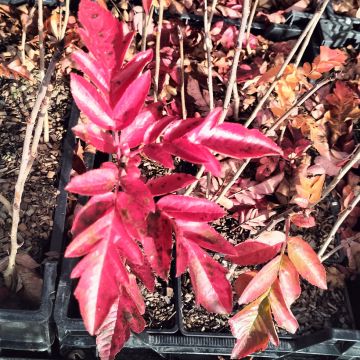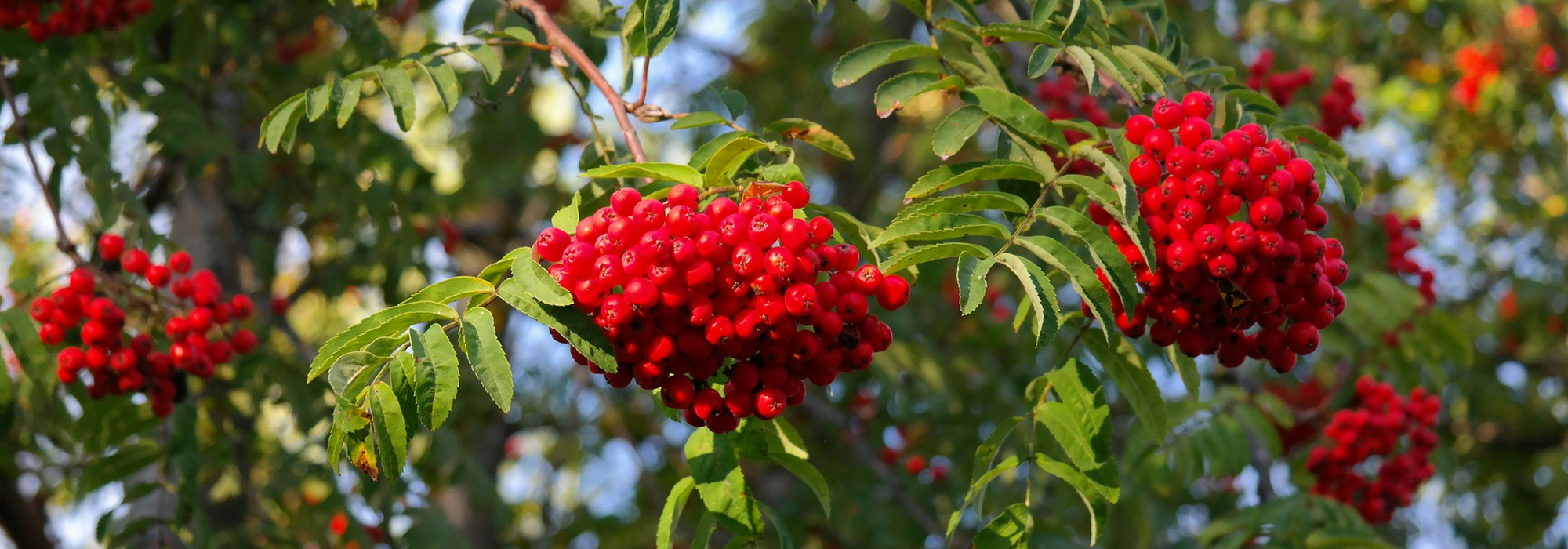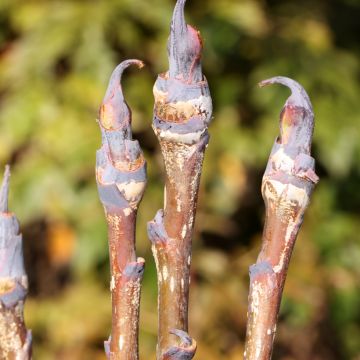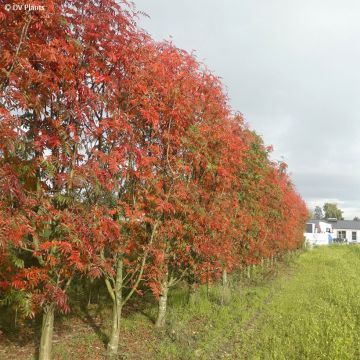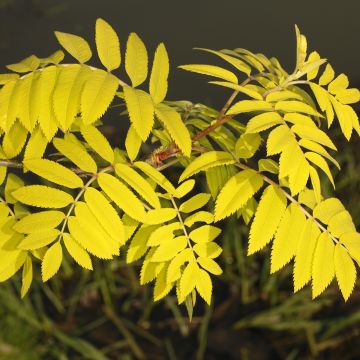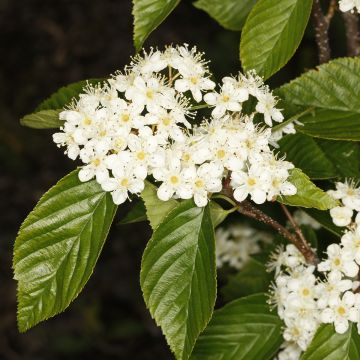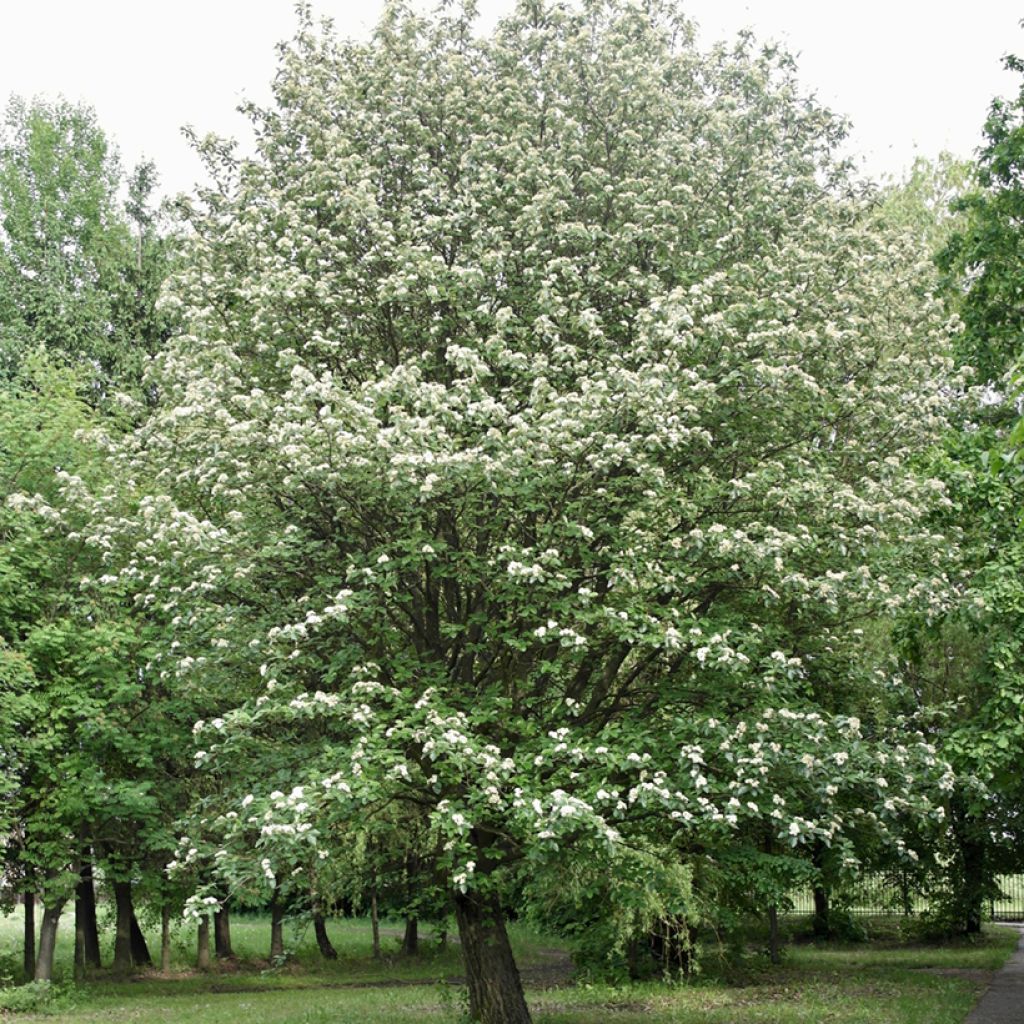

Sorbus intermedia Brouwers
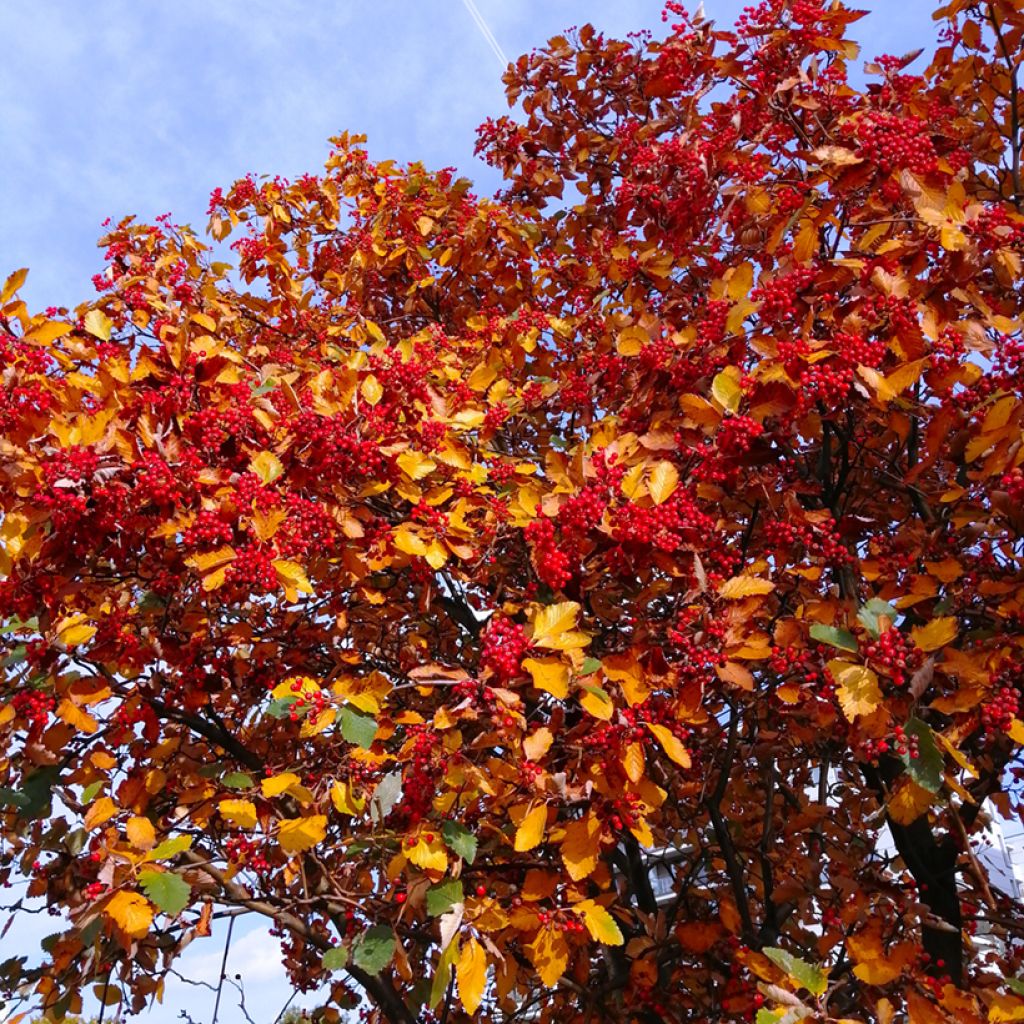

Sorbus intermedia Brouwers
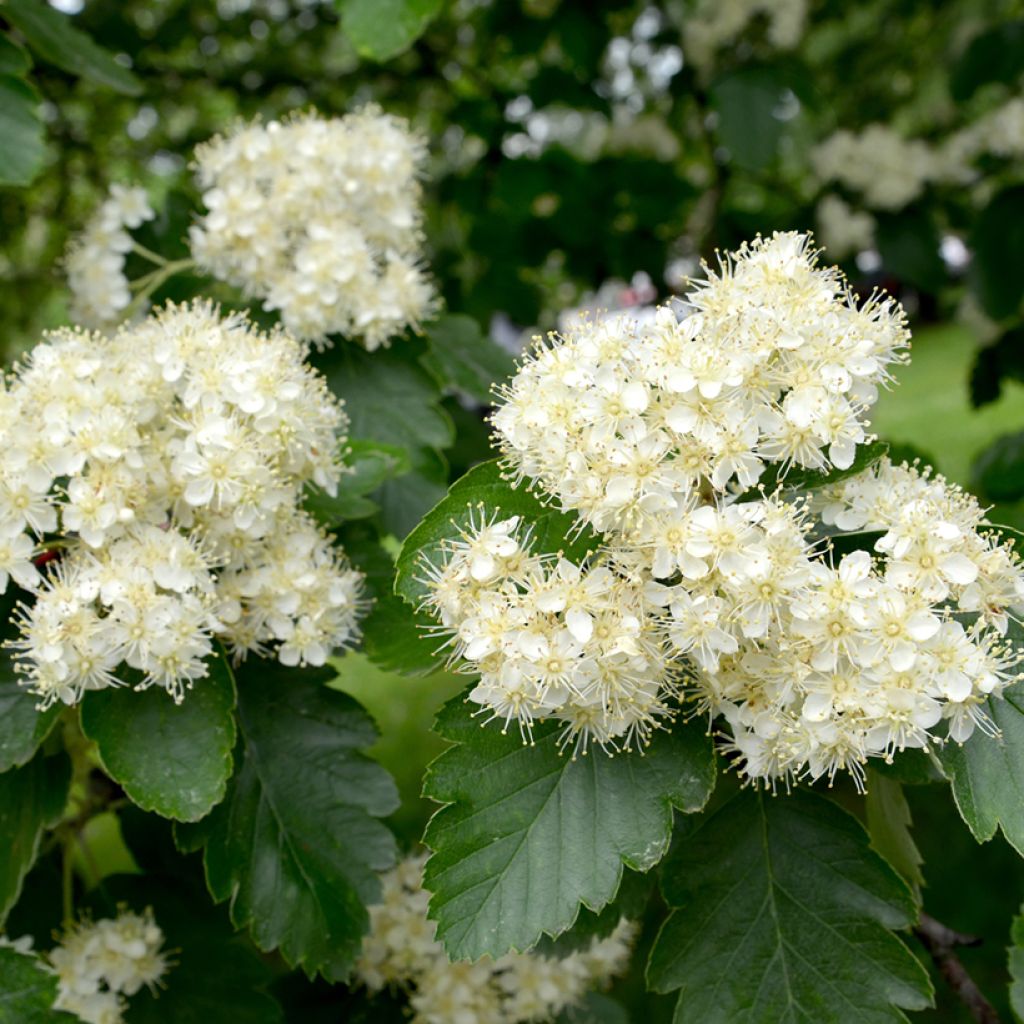

Sorbus intermedia Brouwers
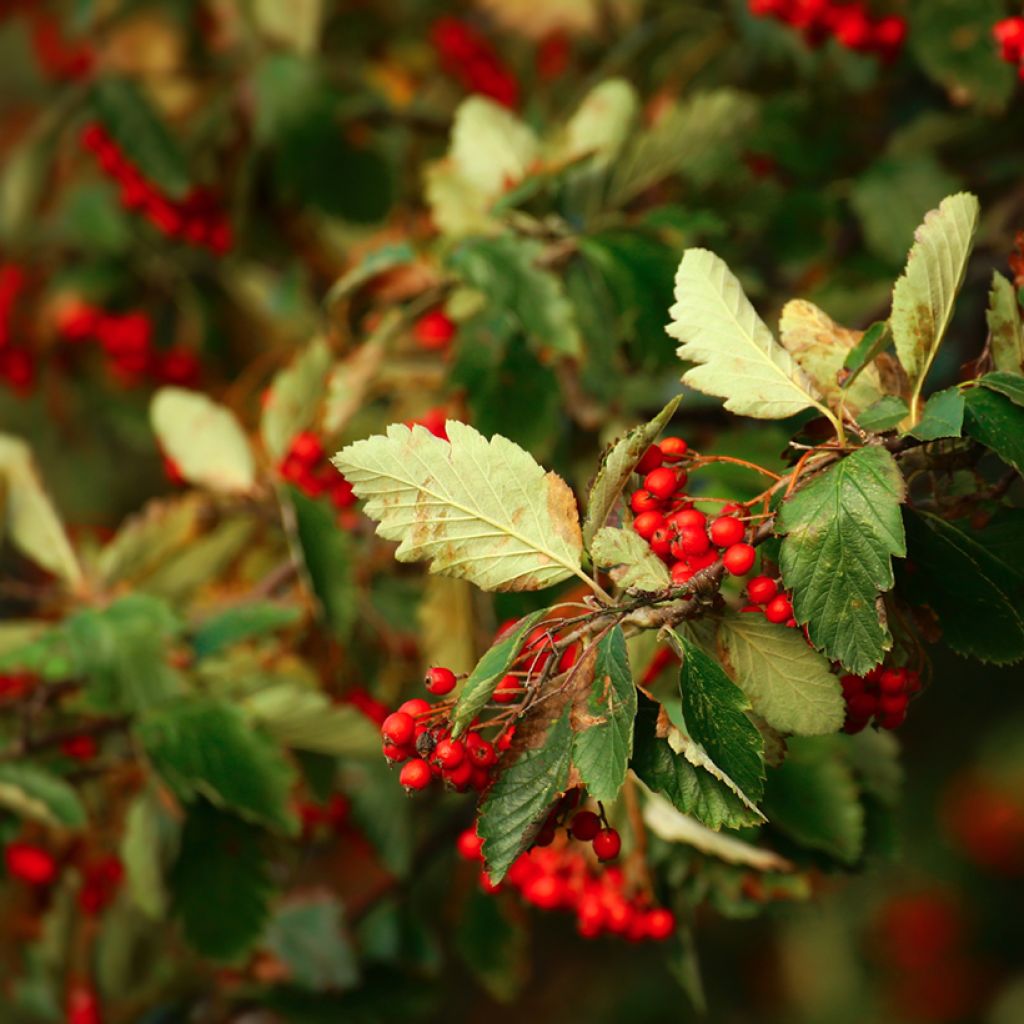

Sorbus intermedia Brouwers
Sorbus intermedia Brouwers
Sorbus intermedia Brouwers
Swedish Whitebeam
Special offer!
Receive a €20 voucher for any order over €90 (excluding delivery costs, credit notes, and plastic-free options)!
1- Add your favorite plants to your cart.
2- Once you have reached €90, confirm your order (you can even choose the delivery date!).
3- As soon as your order is shipped, you will receive an email containing your voucher code, valid for 3 months (90 days).
Your voucher is unique and can only be used once, for any order with a minimum value of €20, excluding delivery costs.
Can be combined with other current offers, non-divisible and non-refundable.
Why not try an alternative variety in stock?
View all →This plant carries a 24 months recovery warranty
More information
We guarantee the quality of our plants for a full growing cycle, and will replace at our expense any plant that fails to recover under normal climatic and planting conditions.
Does this plant fit my garden?
Set up your Plantfit profile →
Description
The Sorbus intermedia 'Brouwers' is a variety of Swedish Whitebeam with relatively slow, more regular growth and dense branching. It blooms in spring, producing large panicles of white flowers that produce decorative orange fruits until October. Its deciduous leaves are simple lobed, with a shiny green colour and a whitish underside, turning orange-yellow in autumn. Indifferent to soil type, very hardy, and resistant to summer drought and coastal winds, it is an excellent ornamental or alignment tree that will find its place in many gardens.
The Sorbus intermedia belongs to the Rosaceae family. This tree, native to Northern Europe, also known as Swedish Whitebeam or Scandinavian Mountain Ash, is still relatively unknown. Accustomed to the intense cold of its original geographical zone, it is a perfectly hardy plant (down to -25°C (1°F)).
'Brouwers' is a rather old selection (1956) by Dutch nurserymen. Its annual growth is slower, about 30 cm (12in) in height and 15-20 cm (6-8in) in width. As a result, its growth is more regular, and its vegetation denser. It is a good alignment tree for cities, so it is generally trained as a standard with a somewhat upright, more or less pyramidal habit in its juvenile stage. With age, it tends to widen and take on an ovoid habit, forming a medium-sized tree (about ten metres high at maturity, with a width of 4 to 8 metres (13 to 26 feet)). The 'Brouwers' Whitebeam presents the same decorative characteristics as the species from which it originates. Its simple, slightly lobed leaves (5 to 9 lobes) are dark green, somewhat shiny on the upper side, with a whitish underside. Its flowering in May-June consists of numerous fragrant white flowers in large umbels about fifteen cm in diameter. These then develop into small decorative fruits about 7-8 mm (1in) in diameter, of a beautiful orange colour, present on the tree from late August to October. The leaves turn a beautiful yellow-to-orange colour in autumn before falling to the ground. The dark grey bark remains glabrous for many years but eventually flakes (peels off in strips, like cinnamon trees).
This beautiful ornamental tree from spring to autumn is easy to grow, as it is highly adaptable to various soil conditions. Its moderate growth (up to 10 to 14 metres (33 to 46 feet) at maturity) is suitable for medium-sized gardens and larger spaces.
This Brouwers Whitebeam can be planted as a specimen tree in a short grass meadow, alignment or association with other trees with autumnal colours, such as the magnificent Persian Ironwood. It also makes a good background for flower beds with shrubs at its base, such as Smoke Bush, which, like it, blooms in spring and has stunning autumn colours. The Clerodendrum trichotomum, despite its many qualities, is rare and will be an excellent companion. Its late flowering (end of summer) will succeed that of the 'Brouwers' whitebeam, accompanying its fruits until October, before giving way to a magnificent fruiting: deep blue pearls set in bright pink stars!
Sorbus intermedia Brouwers in pictures
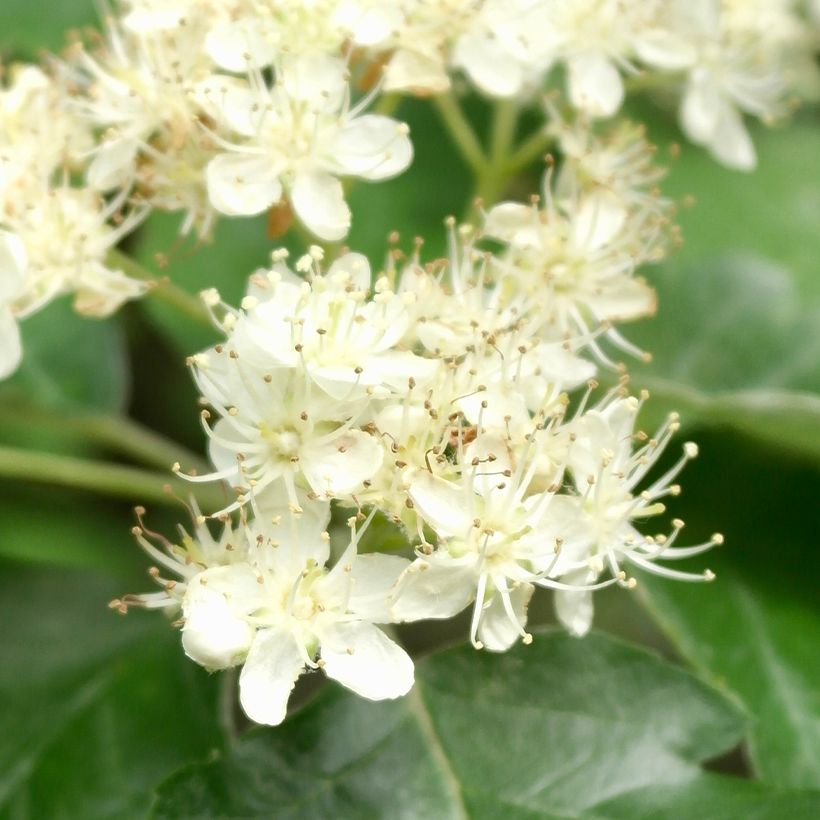

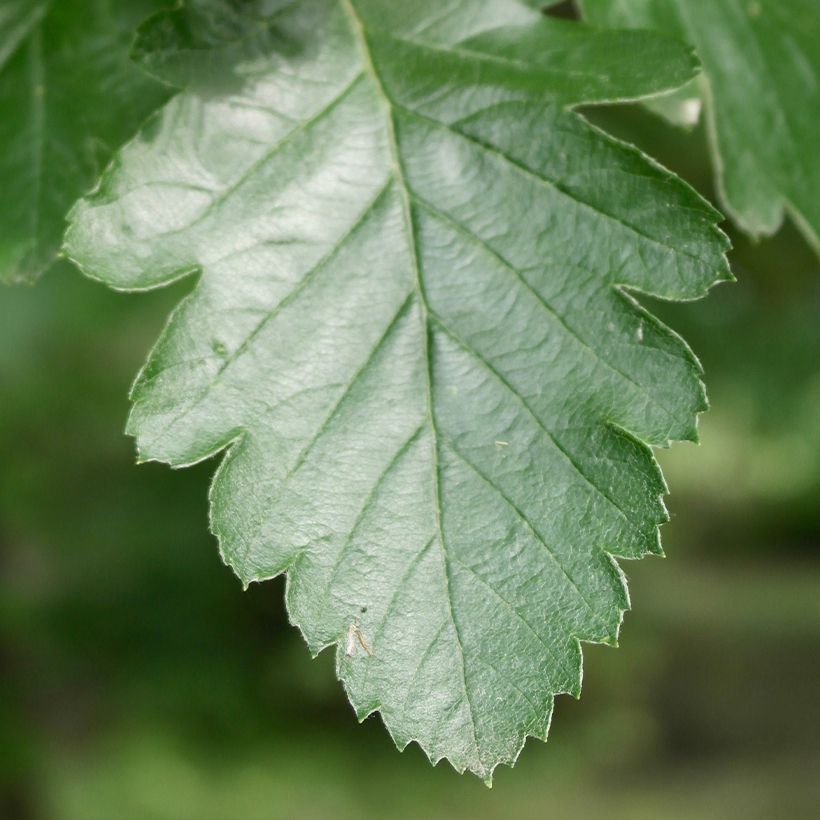

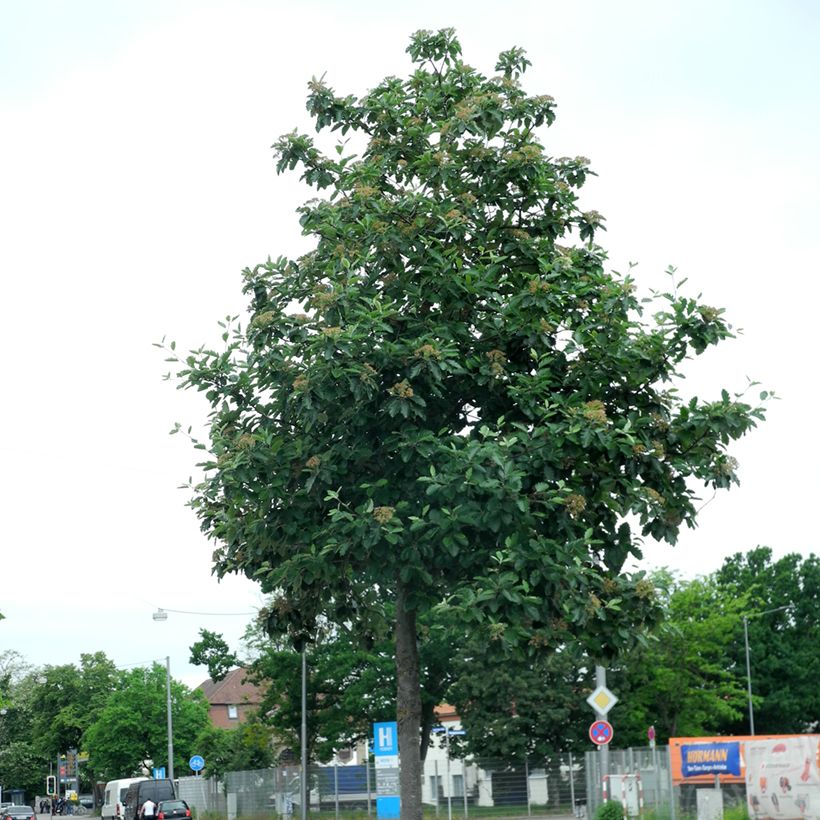

Plant habit
Flowering
Foliage
Botanical data
Sorbus
intermedia
Brouwers
Rosaceae
Swedish Whitebeam
Cultivar or hybrid
Other Sorbus - Mountain Ash
View all →Planting and care
The Sorbus intermedia 'Brouwers' is preferably planted in autumn in any type of soil, preferably moist (but can tolerate dry conditions), slightly acidic to neutral (which also tolerates limestone). Not demanding, it adapts to loamy, clayey or sandy soils. Dig a planting hole 60 to 80 cm (24 to 32in) on each side and add some compost to the bottom if the soil is poor. Soak the container in a bucket to thoroughly moisten the root ball before placing it in the planting hole. Fill in and water generously; monitor watering in the first years to allow the tree to establish well.
It will thrive in both full sun and partial shade and has no specific requirements. Optionally remove dead wood, but due to this tree's slow growth, pruning is usually unnecessary.
Mites, aphids, and scale insects are the main enemies of the rowan tree. Powdery mildew and sooty mould are diseases that can also affect this tree. This variety has good resistance to fire blight.
Planting period
Intended location
Care
Planting & care advice
This item has not been reviewed yet - be the first to leave a review about it.
Haven't found what you were looking for?
Hardiness is the lowest winter temperature a plant can endure without suffering serious damage or even dying. However, hardiness is affected by location (a sheltered area, such as a patio), protection (winter cover) and soil type (hardiness is improved by well-drained soil).

Photo Sharing Terms & Conditions
In order to encourage gardeners to interact and share their experiences, Promesse de fleurs offers various media enabling content to be uploaded onto its Site - in particular via the ‘Photo sharing’ module.
The User agrees to refrain from:
- Posting any content that is illegal, prejudicial, insulting, racist, inciteful to hatred, revisionist, contrary to public decency, that infringes on privacy or on the privacy rights of third parties, in particular the publicity rights of persons and goods, intellectual property rights, or the right to privacy.
- Submitting content on behalf of a third party;
- Impersonate the identity of a third party and/or publish any personal information about a third party;
In general, the User undertakes to refrain from any unethical behaviour.
All Content (in particular text, comments, files, images, photos, videos, creative works, etc.), which may be subject to property or intellectual property rights, image or other private rights, shall remain the property of the User, subject to the limited rights granted by the terms of the licence granted by Promesse de fleurs as stated below. Users are at liberty to publish or not to publish such Content on the Site, notably via the ‘Photo Sharing’ facility, and accept that this Content shall be made public and freely accessible, notably on the Internet.
Users further acknowledge, undertake to have ,and guarantee that they hold all necessary rights and permissions to publish such material on the Site, in particular with regard to the legislation in force pertaining to any privacy, property, intellectual property, image, or contractual rights, or rights of any other nature. By publishing such Content on the Site, Users acknowledge accepting full liability as publishers of the Content within the meaning of the law, and grant Promesse de fleurs, free of charge, an inclusive, worldwide licence for the said Content for the entire duration of its publication, including all reproduction, representation, up/downloading, displaying, performing, transmission, and storage rights.
Users also grant permission for their name to be linked to the Content and accept that this link may not always be made available.
By engaging in posting material, Users consent to their Content becoming automatically accessible on the Internet, in particular on other sites and/or blogs and/or web pages of the Promesse de fleurs site, including in particular social pages and the Promesse de fleurs catalogue.
Users may secure the removal of entrusted content free of charge by issuing a simple request via our contact form.
The flowering period indicated on our website applies to countries and regions located in USDA zone 8 (France, the United Kingdom, Ireland, the Netherlands, etc.)
It will vary according to where you live:
- In zones 9 to 10 (Italy, Spain, Greece, etc.), flowering will occur about 2 to 4 weeks earlier.
- In zones 6 to 7 (Germany, Poland, Slovenia, and lower mountainous regions), flowering will be delayed by 2 to 3 weeks.
- In zone 5 (Central Europe, Scandinavia), blooming will be delayed by 3 to 5 weeks.
In temperate climates, pruning of spring-flowering shrubs (forsythia, spireas, etc.) should be done just after flowering.
Pruning of summer-flowering shrubs (Indian Lilac, Perovskia, etc.) can be done in winter or spring.
In cold regions as well as with frost-sensitive plants, avoid pruning too early when severe frosts may still occur.
The planting period indicated on our website applies to countries and regions located in USDA zone 8 (France, United Kingdom, Ireland, Netherlands).
It will vary according to where you live:
- In Mediterranean zones (Marseille, Madrid, Milan, etc.), autumn and winter are the best planting periods.
- In continental zones (Strasbourg, Munich, Vienna, etc.), delay planting by 2 to 3 weeks in spring and bring it forward by 2 to 4 weeks in autumn.
- In mountainous regions (the Alps, Pyrenees, Carpathians, etc.), it is best to plant in late spring (May-June) or late summer (August-September).
The harvesting period indicated on our website applies to countries and regions in USDA zone 8 (France, England, Ireland, the Netherlands).
In colder areas (Scandinavia, Poland, Austria...) fruit and vegetable harvests are likely to be delayed by 3-4 weeks.
In warmer areas (Italy, Spain, Greece, etc.), harvesting will probably take place earlier, depending on weather conditions.
The sowing periods indicated on our website apply to countries and regions within USDA Zone 8 (France, UK, Ireland, Netherlands).
In colder areas (Scandinavia, Poland, Austria...), delay any outdoor sowing by 3-4 weeks, or sow under glass.
In warmer climes (Italy, Spain, Greece, etc.), bring outdoor sowing forward by a few weeks.






























